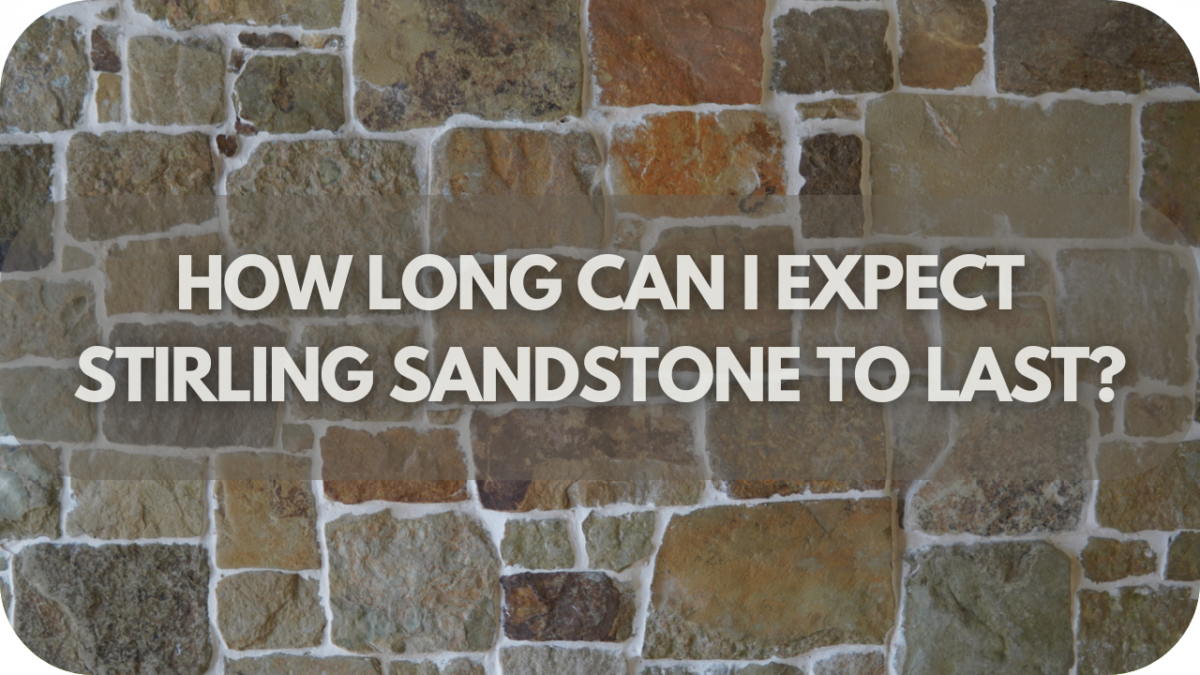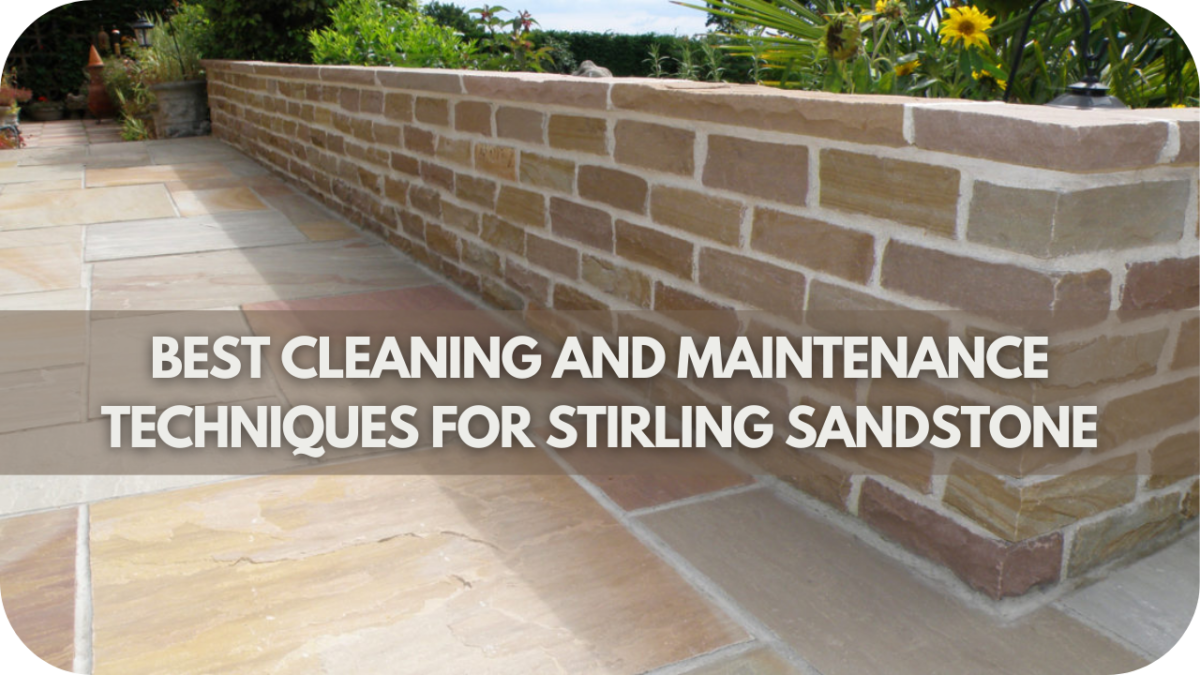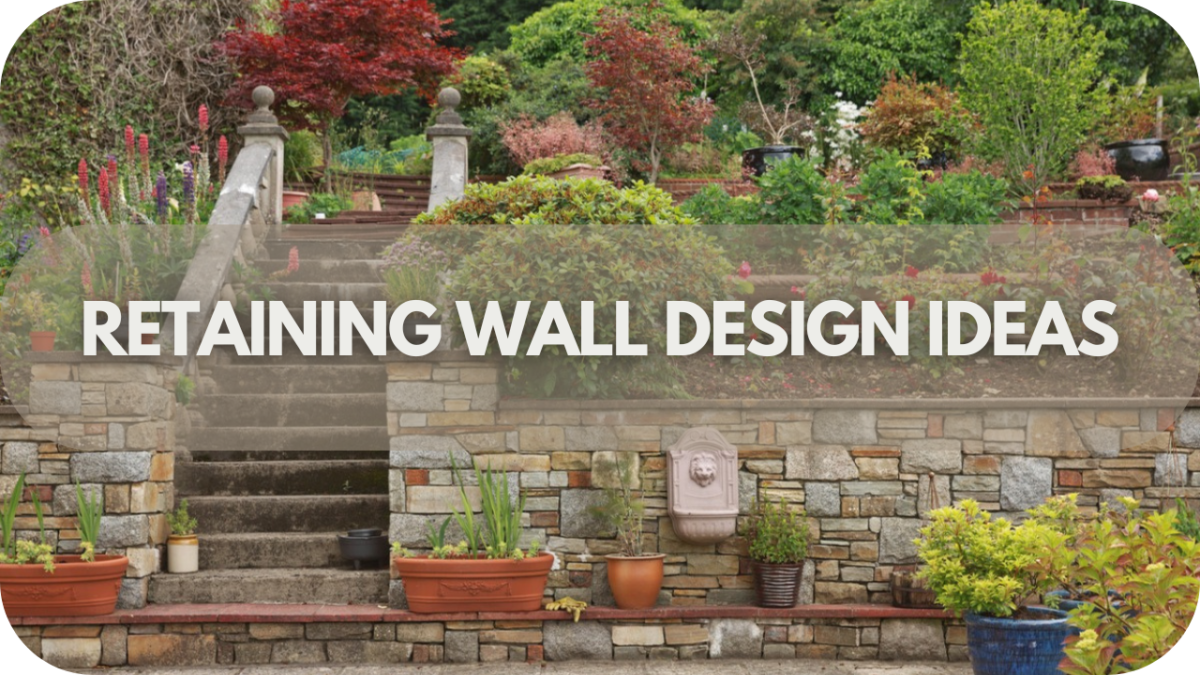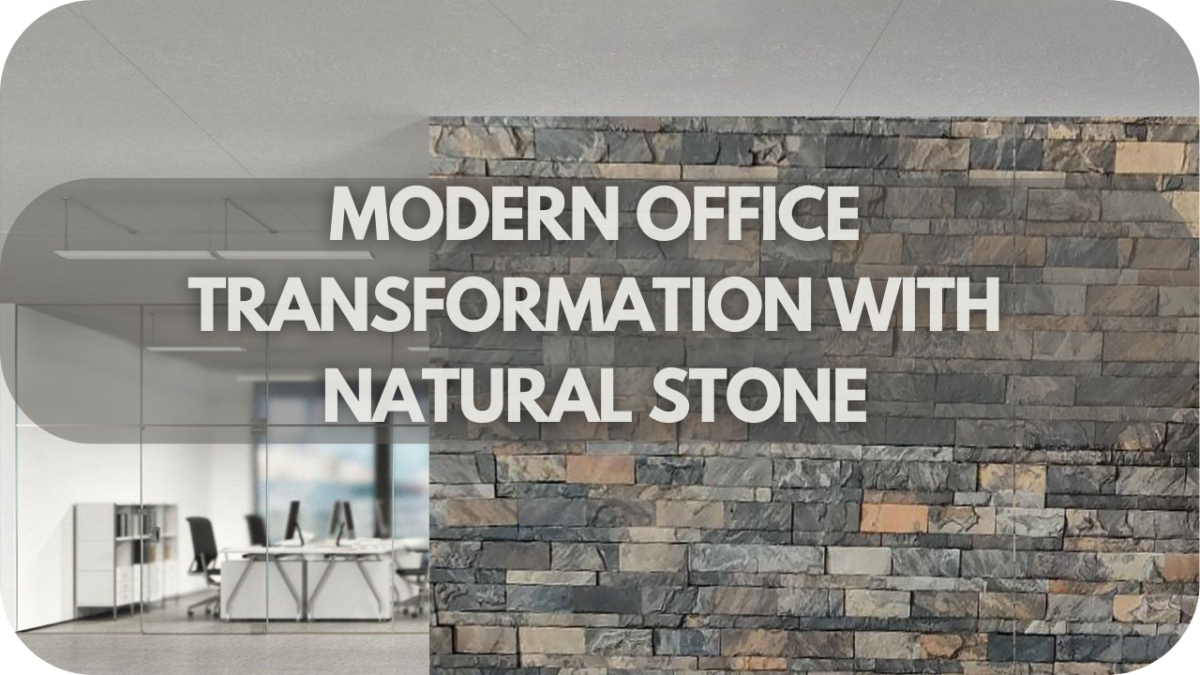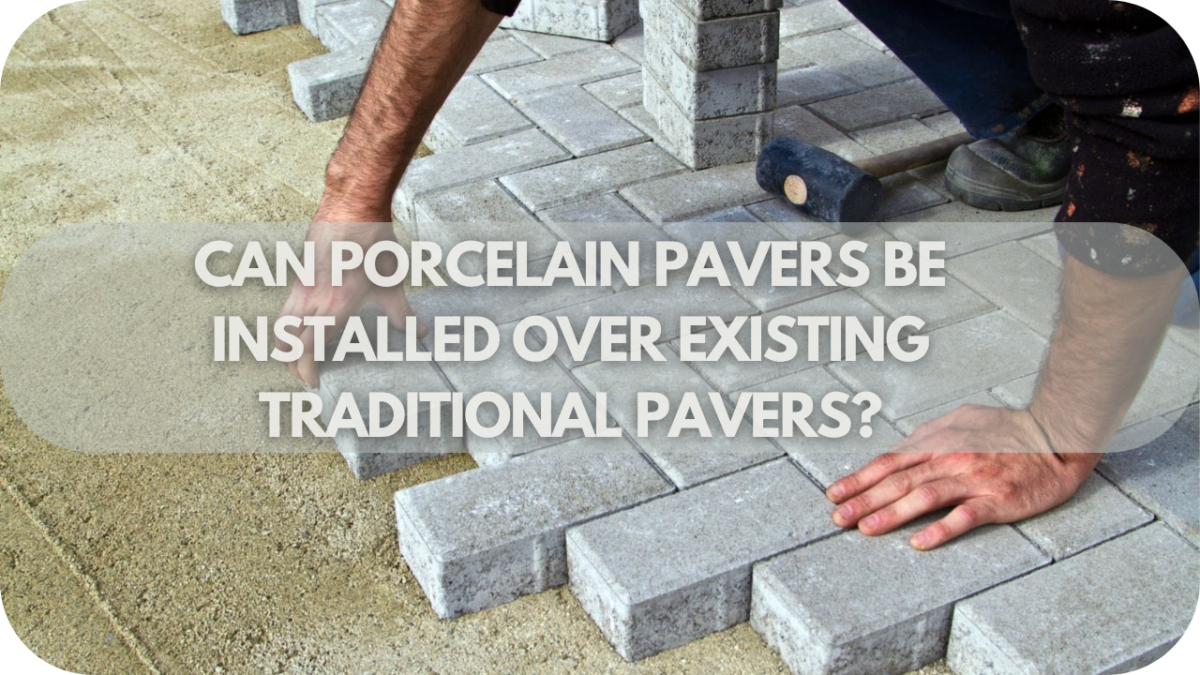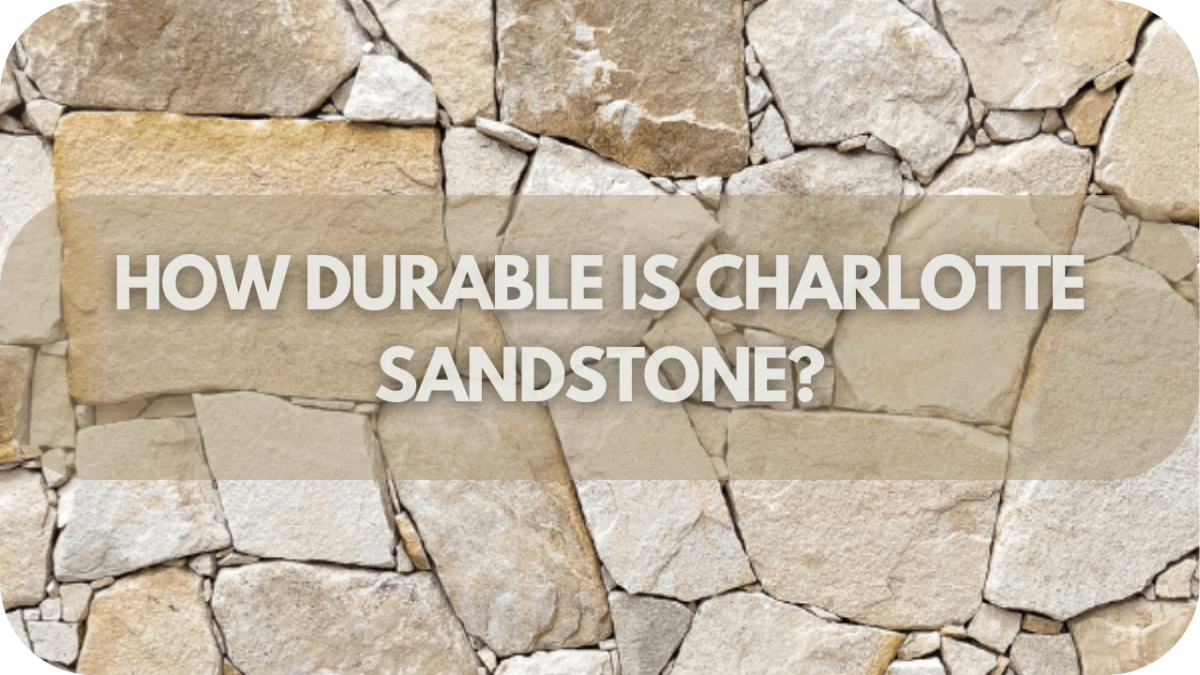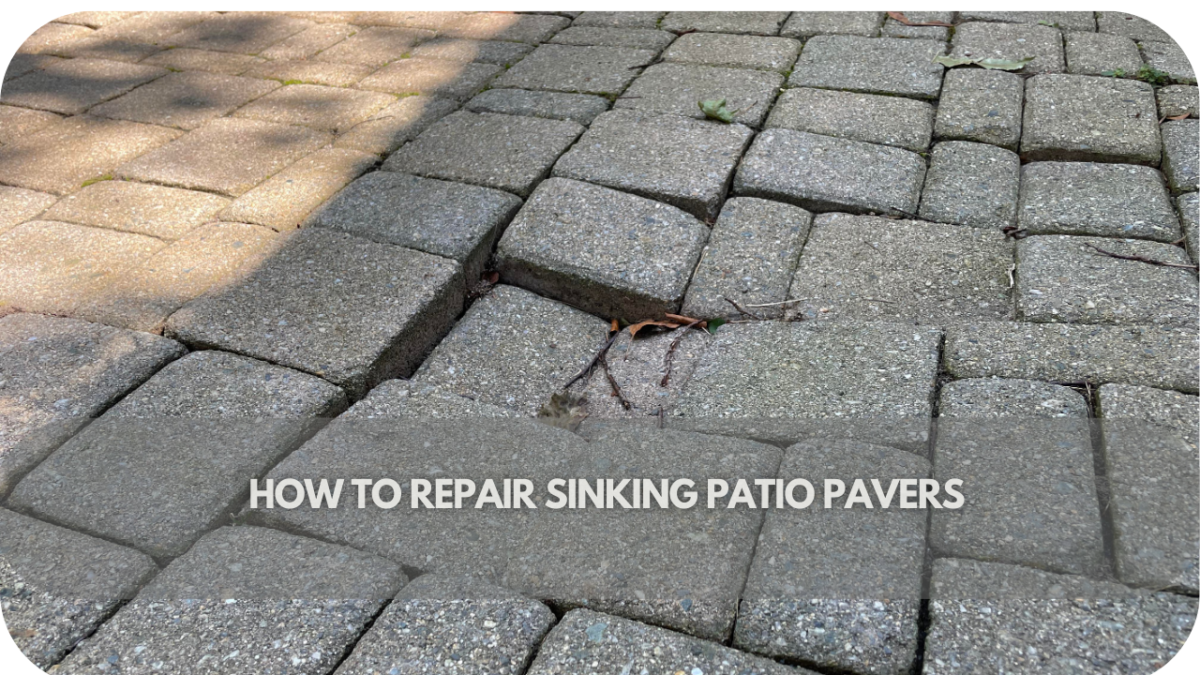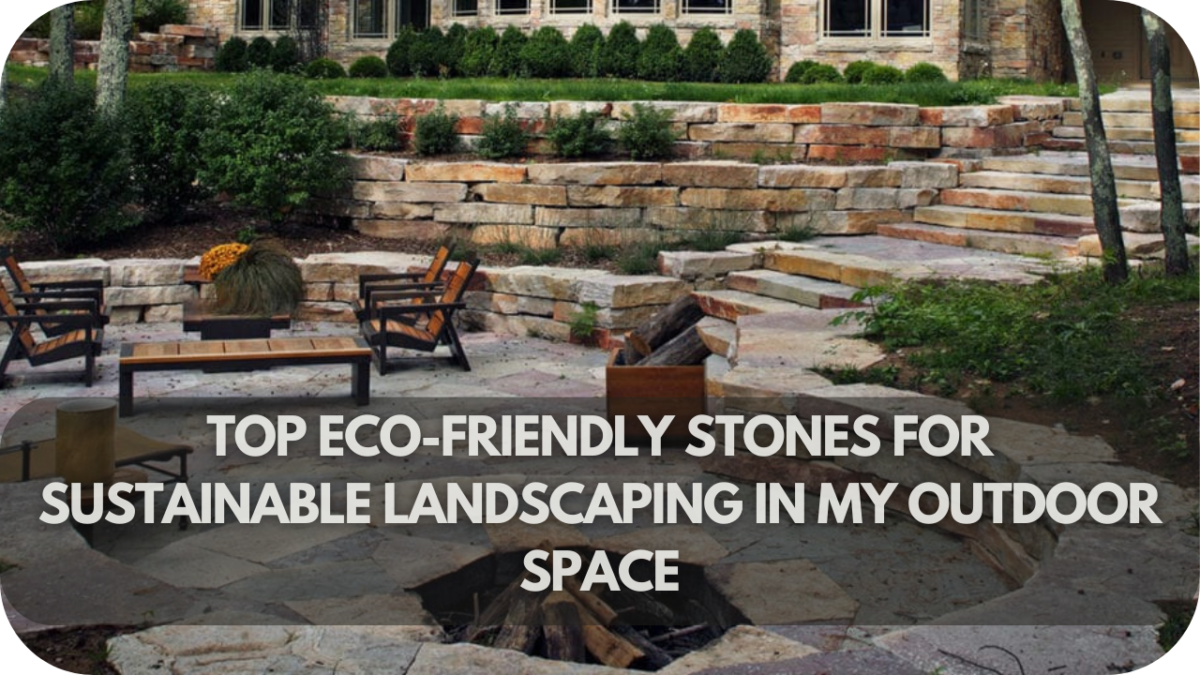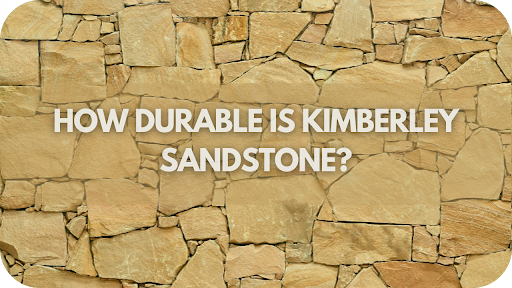How Long Can I Expect Stirling Sandstone to Last?
Stirling Sandstone is a favoured option for exterior cladding and masonry, but questions often arise about its durability.
This natural stone can be vulnerable to weathering, erosion, and other environmental challenges, which may lead to expensive repairs or even replacement over time.
However, with a deeper understanding of what affects its longevity and by adopting effective maintenance practices, homeowners and builders can extend the life of Stirling Sandstone, preserving its stunning, timeless appeal for many years.
How Long Can I Expect Stirling Sandstone to Last?
Stirling Sandstone is renowned for its durability. With proper care, it typically lasts over 50 years. Its robust nature withstands weathering and erosion, making it ideal for indoor and outdoor applications. Regular maintenance, such as cleaning and sealing, can significantly extend its lifespan, ensuring it remains timeless in any setting.
Factors Influencing Longevity
Several factors influence Stirling Sandstone’s longevity, ensuring it remains a durable and aesthetically pleasing material for various applications.
- Quality of Stone: The initial quality of the sandstone significantly affects its lifespan. High-grade Stirling Sandstone, sourced from reputable quarries, tends to have fewer impurities and a more consistent composition, leading to more excellent durability.
- Installation Techniques: Proper installation is crucial for maximising the lifespan of Stirling Sandstone. Using appropriate adhesives, ensuring correct alignment, and applying proper sealing techniques can prevent early degradation and structural issues.
- Environmental Exposure: The environment in which the sandstone is used plays a vital role. Areas with extreme weather conditions, such as heavy rainfall, freeze-thaw cycles, or high humidity, can accelerate wear and tear. Selecting the right type of sandstone for the specific environmental conditions is essential.
- Maintenance Practices: Regular maintenance, including cleaning and resealing, helps protect Stirling Sandstone from the elements. Removing dirt, debris, and biological growth like moss or algae prevents surface damage, while periodic sealing can enhance its resistance to moisture and stains.
- Usage Patterns: The frequency and type of use also impact longevity. High-traffic areas may experience more wear, requiring frequent maintenance, while less-trafficked areas may last longer with minimal upkeep.
Expected Lifespan in Various Conditions
The expected lifespan of Stirling Sandstone varies depending on the environmental conditions in which it is used.
1. Urban Settings
With proper care, Stirling Sandstone can last for over 50 years in urban environments. However, the presence of pollution, vehicle emissions, and increased human activity can impact its lifespan.
Urban grime and pollutants can accumulate on the surface, potentially compromising its natural beauty and structure over time. To maintain its durability, regular cleaning is crucial to remove pollutants that can lead to surface staining and deterioration.
Periodic sealing is recommended to create a protective barrier against moisture and grime, helping the sandstone withstand the challenges of a bustling cityscape.
2. Coastal Environments
Coastal areas present unique challenges for Stirling Sandstone due to constant exposure to salt, high humidity, and abrasive wind-blown sand. These environmental conditions can accelerate the weathering process, leading to increased erosion and a reduced lifespan of about 30-40 years.
Salt can penetrate the stone’s pores, causing salt crystallisation, resulting in surface flaking and structural weakening over time. More frequent maintenance, including regular sealing and surface treatments designed to repel moisture and prevent salt intrusion, is essential to combat these effects.
Using breathable sealers can also help the stone expel trapped moisture, reducing the risk of damage from internal pressure.
3. Rural and Natural Landscapes
In rural or natural settings, Stirling Sandstone typically enjoys a longer lifespan of up to 70 years, thanks to fewer pollutants and less intensive human activity. The stone is exposed to a cleaner environment, which reduces the risk of surface staining and chemical damage.
However, exposure to natural elements like rain, freeze-thaw cycles, and biological growth, such as moss or lichen, can still affect the stone’s integrity. Freeze-thaw cycles, in particular, can cause expansion within the stone’s pores, leading to cracking over time.
Routine maintenance, such as cleaning and removing biological growth, is essential to maintain its appearance and structural integrity. Applying moss and lichen inhibitors can also help prevent the buildup of organic matter that can trap moisture.
4. Extreme Climates
In regions with extreme climates, Stirling Sandstone typically has a reduced lifespan of around 40-50 years. The frequent temperature changes, particularly in areas with severe winters or scorching summers, can cause thermal shock, leading to surface cracks over time.
These micro-cracks can accumulate, weakening the stone’s structure. Proper maintenance, such as the use of thermal-resistant sealers and regular inspections, can help extend its lifespan by minimising damage from temperature fluctuations.
Additionally, using thicker sandstone slabs can offer better resistance against such conditions, ensuring a longer service life.
5. Industrial Zones
In industrial zones, where Stirling Sandstone is exposed to chemical pollutants, acidic rain, and industrial runoff, its lifespan can be shortened to about 30-40 years. These harsh conditions can accelerate the erosion of the stone, making it more vulnerable to surface wear and structural damage.
Regular washing to neutralise acidic residues and applying sealants designed to resist chemical exposure are essential measures to protect the stone. Protective coatings can also help minimise the impact of airborne industrial particles that might settle on the sandstone, ensuring that its natural texture and appearance are preserved for as long as possible.
With diligent maintenance, the sandstone’s durability can be enhanced, allowing it to endure the challenges of industrial environments.
Typical Applications of Stirling Sandstone
Stirling Sandstone is a versatile material with a wide range of applications. It is known for its durability and aesthetic appeal.
- Wall Cladding: Stirling Sandstone is commonly used for wall cladding in residential and commercial buildings. Its natural texture and variety of colours add an elegant and timeless look to facades, feature walls, and internal partitions.
- Paving: This sandstone is an excellent choice for paving in gardens, patios, and pathways. Its robustness ensures it can withstand foot traffic and weather conditions, making it ideal for outdoor spaces. Proper sealing and maintenance enhance its longevity and appearance.
- Landscaping: Stirling Sandstone creates retaining walls, garden borders, and decorative elements. Its natural beauty complements various landscape designs, from contemporary to rustic, providing a cohesive and attractive outdoor environment.
- Flooring: Stirling Sandstone is suitable for flooring in both indoor and outdoor settings. Its durability makes it perfect for high-traffic areas such as hallways, foyers, and outdoor courtyards. Regular maintenance helps preserve its finish and extend its lifespan.
- Steps and Stairs: The strength and slip-resistant properties of Stirling Sandstone make it an ideal material for steps and staircases. Its aesthetic appeal adds a touch of elegance to entryways and garden paths.
Maintenance and Preservation
Proper maintenance and preservation are crucial for maximising Stirling Sandstone’s lifespan. Regular upkeep ensures the stone remains in excellent condition, retaining its aesthetic appeal and structural integrity.
- Cleaning: Regular cleaning removes dirt, debris, and biological growth such as moss and algae. Use a mild detergent and water, and avoid harsh chemicals that can damage the stone. A soft brush can help scrub away surface grime without causing abrasion.
- Sealing: Applying a high-quality sealant every few years protects Stirling Sandstone from moisture penetration, staining, and weathering. Sealing is critical in high-traffic areas and harsh environmental conditions, such as coastal regions. Ensure the surface is thoroughly cleaned and dry before applying the sealant.
- Inspection: Periodic inspection of the sandstone surfaces helps identify any early signs of damage, such as cracks, chips, or erosion. Promptly addressing these issues prevents further deterioration. Minor repairs can be managed with suitable fillers and adhesives for natural stone.
- Protection: Preventing physical damage is crucial for preservation. Avoid using harsh metal tools or abrasive materials that can scratch or chip the surface. Place protective pads under heavy furniture and equipment to prevent direct impact on the stone.
- Environmental Considerations: In areas with freeze-thaw cycles, ensure that water does not accumulate on the stone surface, as freezing can cause cracks. Good drainage and proper installation can mitigate these risks.
Real-World Examples
Real-world examples of Stirling Sandstone showcase its impressive durability and timeless beauty in various applications.
- Historic Buildings: Many historic buildings across the UK feature Stirling Sandstone, demonstrating its longevity. For instance, The Stirling Castle, constructed in the late 15th century, has utilised this sandstone extensively. Despite centuries of exposure to the elements, the stone has maintained its structural integrity and aesthetic appeal, illustrating its resilience and durability.
- Urban Landmarks: Stirling Sandstone is used in prominent landmarks in modern urban settings. The Glasgow City Chambers, built in the 1880s, is a prime example. With its intricate sandstone facade, this iconic building continues to stand strong, weathering pollution and urban wear while maintaining its grandeur.
- Residential Projects: Stirling sandstone is also used in contemporary residential projects. Luxury homes in the Cotswolds often feature this stone for exterior cladding, paving, and landscaping. These homes, built in the past few decades, demonstrate the stone’s ability to combine modern design with long-lasting performance.
- Public Spaces: Stirling Sandstone is commonly used in public spaces such as parks and plazas. The Princes Street Gardens in Edinburgh, featuring sandstone pathways and retaining walls, is a testament to the stone’s ability to endure high foot traffic and diverse weather conditions while enhancing the beauty of public areas.
Conclusion
Stirling Sandstone, renowned for its durability and timeless appeal, can last decades with proper care. Consider factors like installation, maintenance, and environmental exposure to maximise its lifespan.
Choose Stirling Sandstone for your next project and enjoy a beautiful, enduring finish. Contact us today to explore your options.

